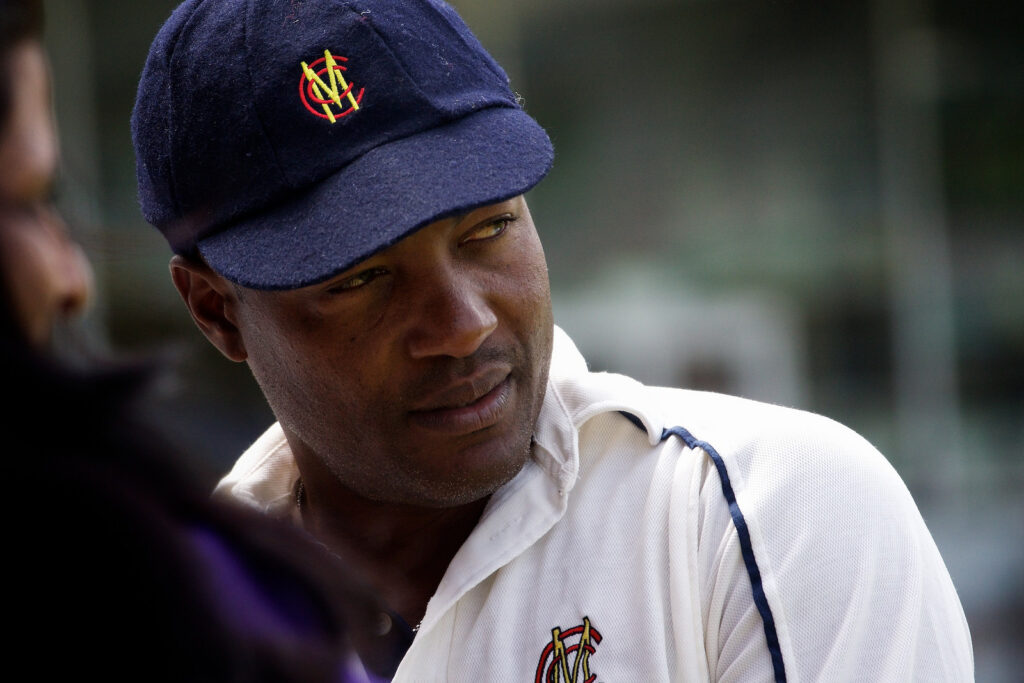The Fascinating World of Cricket, Cricket, often referred to as the “gentleman’s game,” has a rich history that dates back to the 16th century. Originating in England, this beloved sport has gained an immense global following, especially in countries like India, Australia, and England. From thrilling test matches to the adrenaline-pumping T20 games, cricket has evolved into a sport that captivates millions. In this article, we will explore cricket’s origins, its different formats, the rules, and the reasons behind its massive popularity worldwide.
A Brief History of Cricket
The history of cricket is fascinating, stretching back over 500 years. It is believed to have originated in Southeast England in the 1500s, played initially by rural communities. The first documented match took place in 1611, but it wasn’t until the 18th century that cricket began to take on a formal structure. By the 1700s, cricket had become popular in English schools and the British aristocracy, gradually spreading across the British colonies, which helped it gain a following in Australia, India, and the Caribbean. The Fascinating World of Cricket.
Cricket’s governing body, the International Cricket Council (ICC), was established in 1909, initially comprising England, Australia, and South Africa. Since then, cricket has grown to include many countries worldwide, with a set of formal rules and tournaments that bring together millions of fans.
Understanding Cricket Formats
Cricket offers various formats to suit different preferences, from multi-day test matches to the fast-paced T20 games. Each format brings unique challenges and appeals to different audiences.
Test Cricket
Test cricket is considered the ultimate test of skill, patience, and strategy. Played over five days with two innings per team, test matches are the longest format of the game and hold a revered position. Traditionally, test matches emphasize endurance and mental strength, as teams have to strategize over multiple days to emerge victorious. Some famous rivalries, like the Ashes series between England and Australia, are test cricket’s most iconic competitions.
One-Day Internationals (ODIs)
The ODI format emerged in the 1970s to cater to audiences looking for shorter, more engaging games. Each team gets 50 overs to score as many runs as possible, and the side with the highest score wins. ODIs are known for their colorful uniforms, exciting gameplay, and the prestigious Cricket World Cup, held every four years and considered the pinnacle of the ODI format.
Twenty20 (T20) Cricket
The newest addition to international cricket, T20 matches, are only 20 overs per side and typically last about three hours. This format is incredibly popular with younger audiences and has contributed significantly to cricket’s global appeal. The shorter format has led to high-scoring, fast-paced games that keep fans on the edge of their seats, particularly with leagues like the Indian Premier League (IPL) showcasing top talent from around the world. The Fascinating World of Cricket.
Key Rules of Cricket
For newcomers, cricket may seem complex, but its rules are straightforward once broken down:
- Teams and Innings: Cricket is played between two teams, each comprising 11 players. The Fascinating World of Cricket.An inning refers to the period during which one team bats and the other team bowls and fields.
- Scoring Runs: Runs are scored when the batsmen hit the ball and run between the wickets, or when the ball reaches the boundary (automatically awarding four or six runs).
- Dismissals: Batsmen can be dismissed in various ways, including being bowled, caught, run out, or LBW (leg before wicket).
- Overs: An over comprises six deliveries bowled by one bowler. In limited-overs formats (ODI and T20), each team is restricted to a set number of overs (50 in ODIs, 20 in T20s).
Understanding these basics makes it easier for fans to follow the game and appreciate the strategies behind it.
Why Cricket Is So Popular
Cricket’s appeal lies in its versatility and accessibility. The Fascinating World of Cricket. Here are some reasons why cricket has grown into a global phenomenon:
Global Tournaments and Leagues
The ICC organizes tournaments like the Cricket World Cup, ICC T20 World Cup, and Champions Trophy, bringing together top teams for intense competition. These tournaments capture global attention, uniting fans of all ages.The Fascinating World of Cricket.
Similarly, T20 leagues like the IPL, Big Bash League (BBL), and Caribbean Premier League (CPL) have created platforms where international players showcase their skills. The Fascinating World of Cricket. These leagues are not only entertaining but serve as developmental grounds for new talent, increasing the fan base and making the sport even more exciting.
Regional and Cultural Influence
In countries like India, Pakistan, and Sri Lanka, cricket is more than a sport – it’s a cultural phenomenon. Players are celebrated like national heroes, and matches are events that unite millions. This deep cultural connection has strengthened cricket’s global presence. The Fascinating World of Cricket.
The Role of Technology in Modern Cricket
Technology has transformed cricket, enhancing both the viewing experience and the game itself. The Decision Review System (DRS), for example, allows teams to challenge the umpire’s decision, ensuring fairness. Technologies like Hawk-Eye, UltraEdge, and Hot Spot have improved accuracy in decision-making, while advanced analytics offer insights into player performance, making the game more competitive and strategic.

Top Cricket Players and Legends of the Game
Cricket has produced legendary players who have left a lasting impact:
- Sir Don Bradman: The Australian batsman remains one of the most revered players in cricket history, with an astonishing average of 99.94 in test cricket.
- Sachin Tendulkar: Known as the “Master Blaster,” Tendulkar holds numerous records and is celebrated for his technique and sportsmanship.
- Viv Richards: A West Indies powerhouse, Richards was known for his aggressive style and fearless batting.
- Brian Lara: The West Indies star set records with his incredible innings, including a record-breaking 400 runs in a single test inning.
- Virat Kohli and Steve Smith: Modern greats who continue to elevate cricket with their dedication, skill, and consistency. The Fascinating World of Cricket.
These players have inspired millions, embodying the essence of cricket as a sport that rewards skill, perseverance, and resilience.
Cricket’s Future: What Lies Ahead?
The future of cricket looks promising, with new leagues emerging and interest in the sport increasing worldwide. The ICC aims to globalize cricket further, introducing initiatives to make it accessible in non-traditional cricketing nations. Additionally, women’s cricket is rapidly gaining popularity, providing equal opportunities and inspiring a new generation of female players.
With the advancement of technology and increased viewership, cricket is set to grow, potentially even making its debut in global multi-sport events like the Olympics. The Fascinating World of Cricket.
Conclusion
Cricket’s journey from a pastime for British elites to a globally celebrated sport is a testament to its enduring appeal. Its unique blend of tradition, strategy, and excitement has created a massive fan base that spans continents. With innovative formats, international tournaments, and rising stars, cricket’s future is bright, and it will likely continue to captivate audiences for generations to come. Whether you’re a lifelong fan or new to the game, cricket has something for everyone. The Fascinating World of Cricket.
FAQs About Cricket
1. What are the different formats of cricket?
Cricket has three main formats: Test Cricket, One-Day Internationals (ODIs), and Twenty20 (T20) cricket. Test matches are played over five days, ODIs have 50 overs per team, and T20 matches have 20 overs per team, each bringing unique strategies and excitement.
2. How is cricket scored?
In cricket, teams score runs by hitting the ball and running between the wickets or hitting boundaries. A boundary earns four runs if the ball touches the ground before crossing it, or six runs if it crosses without touching the ground. The team with the most runs at the end of the game wins.
3. What is an over in cricket?
An over consists of six consecutive balls bowled by a single bowler. In ODIs, each team has 50 overs, and in T20 matches, each team has 20 overs to score as many runs as possible.
4. What are some ways a batsman can be dismissed?
A batsman can be dismissed in several ways: being bowled (when the ball hits the stumps), caught (if the ball is caught by a fielder without touching the ground), run out, LBW (leg before wicket), or stumped by the wicketkeeper.
5. What is the role of the bowler in cricket?
The bowler’s role is to deliver the ball to the batsman and attempt to get them out while limiting the runs they score. Different types of bowlers (pace, spin) use various techniques to challenge the batsman.
